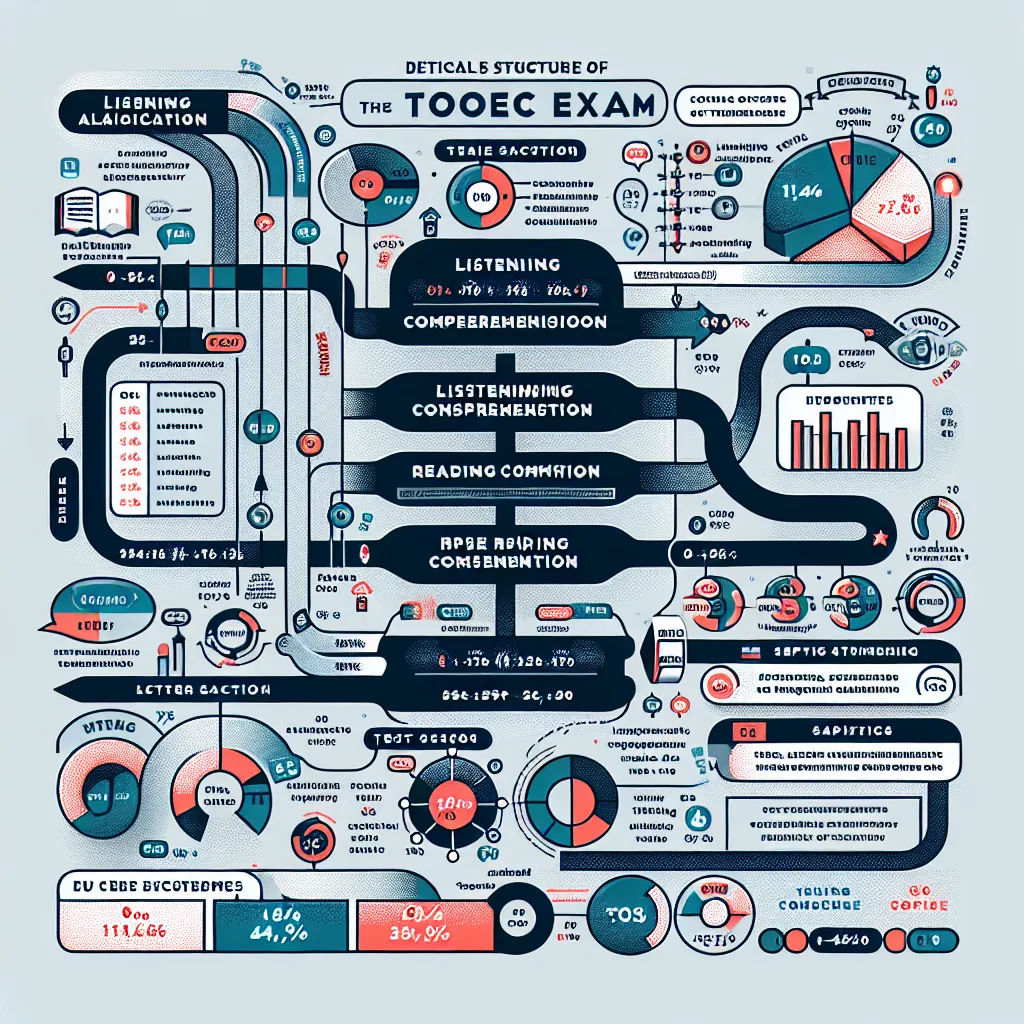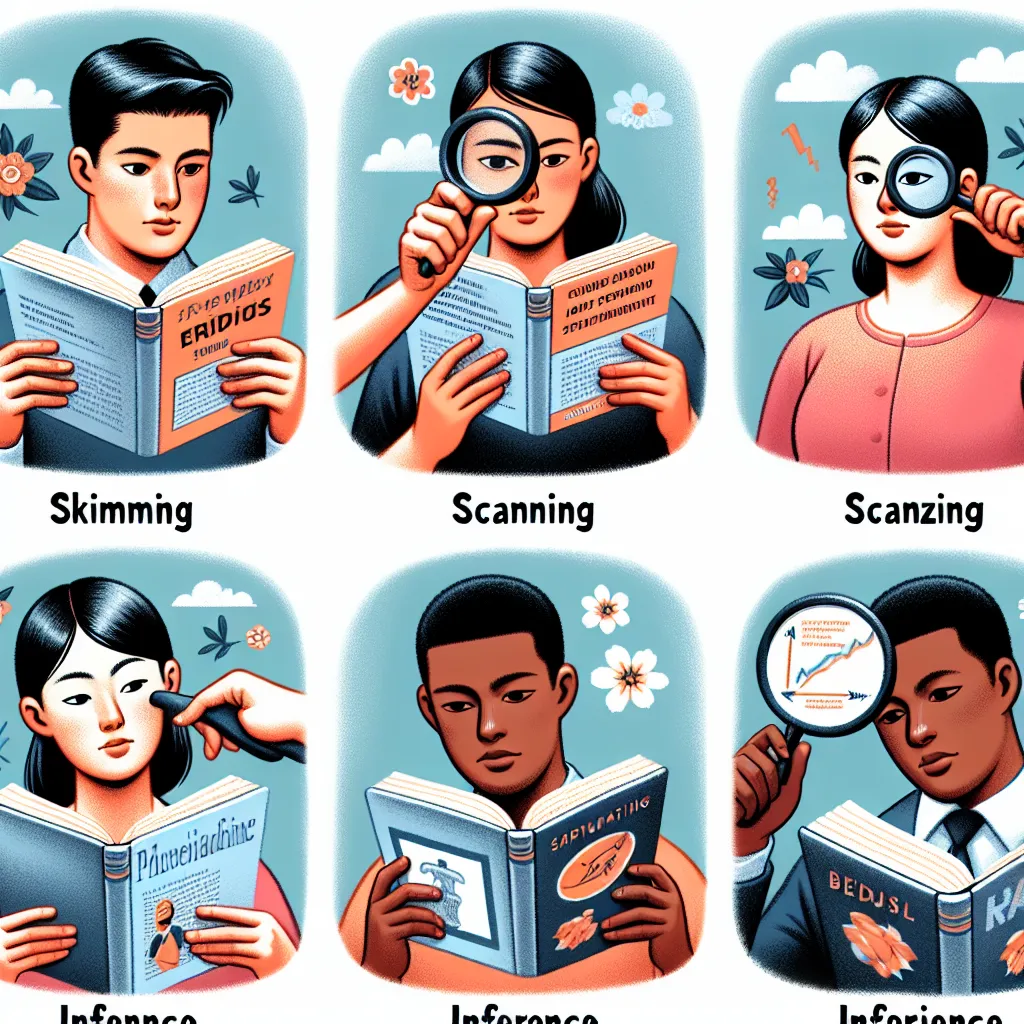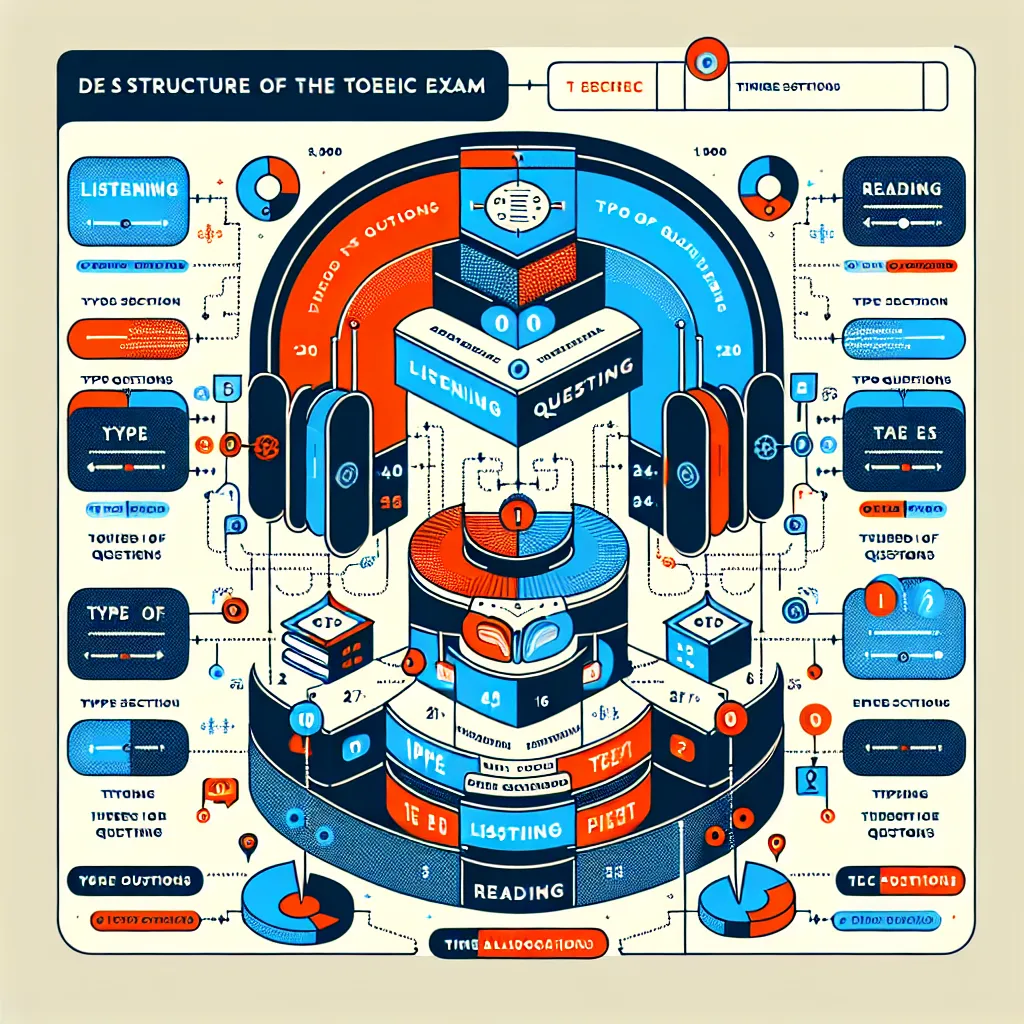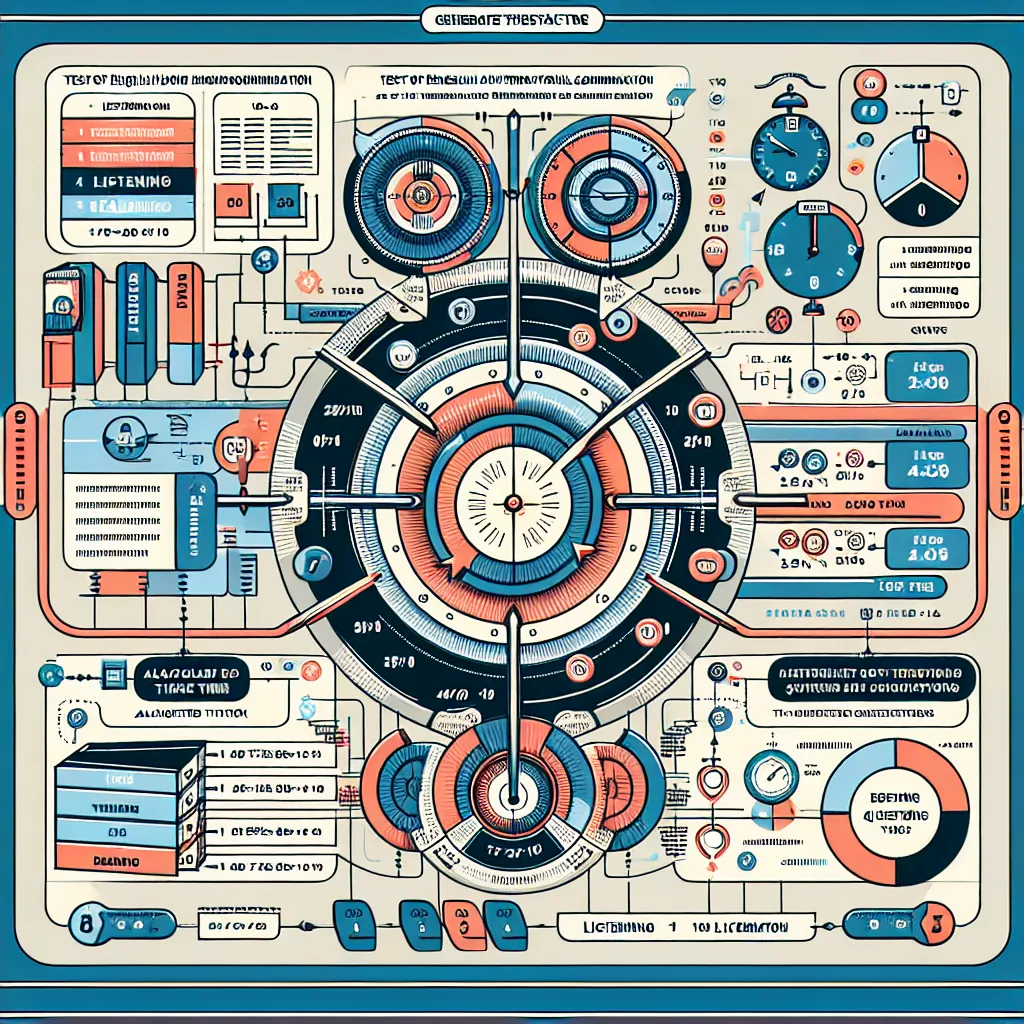The Test of English for International Communication (TOEIC) is a widely recognized English proficiency exam that assesses language skills in a business context. While many test-takers focus on general preparation, it’s crucial to be aware of the tricky questions that can appear in the exam. This article will guide you through some of the most challenging aspects of the TOEIC test and provide strategies to tackle them effectively.
Understanding the TOEIC Exam Structure
Before diving into the tricky questions, it’s essential to understand the TOEIC exam structure. The test consists of two main sections:
- Listening Comprehension (45 minutes)
- Reading Comprehension (75 minutes)
Each section has its own set of challenging questions designed to test your English proficiency in various situations.
 TOEIC Exam Structure
TOEIC Exam Structure
Tricky Questions in the Listening Section
1. Similar-Sounding Words
One of the most common pitfalls in the listening section is the use of similar-sounding words. Test-makers often include words that sound alike but have different meanings to trick inattentive listeners.
Example:
You might hear: “The manager will review the report.”
Options could include:
A) The manager will revise the report.
B) The manager will preview the report.
C) The manager will review the report.
Strategy: Pay close attention to the exact words used and their context. Practice distinguishing between similar-sounding words regularly.
2. Indirect Answers
Some questions in the listening section require you to infer the correct answer from indirect information provided in the audio.
Example:
Question: “What time will the meeting start?”
Audio: “Let’s meet in the conference room at quarter past two.”
Strategy: Develop your ability to understand implication and inference. Practice listening for indirect answers in everyday conversations and media.
3. Multiple Speakers with Overlapping Ideas
Dialogues with multiple speakers can be challenging, especially when ideas overlap or contrast.
Strategy: Focus on identifying each speaker and their main points. Practice listening to podcasts or radio shows with multiple participants to improve this skill.
Tricky Questions in the Reading Section
1. Double Negative Statements
The reading section often includes sentences with double negatives, which can be confusing if you’re not prepared for them.
Example: “It is not uncommon for employees to not take all their vacation days.”
Strategy: When encountering double negatives, try to rephrase the sentence positively to understand its true meaning.
2. Inference Questions
Some questions require you to draw conclusions based on the information provided, rather than finding the answer directly stated in the text.
Strategy: Practice reading between the lines and making logical deductions from given information. Develop your critical thinking skills by analyzing various types of texts.
 TOEIC Reading Strategies
TOEIC Reading Strategies
3. Vocabulary in Context
The TOEIC exam often tests your ability to understand the meaning of words based on their context within a sentence or paragraph.
Example: “The company’s robust growth has led to increased market share.”
Strategy: Build your vocabulary through regular reading of business-related materials. Focus on understanding words in different contexts rather than memorizing definitions.
Time Management Challenges
One of the trickiest aspects of the TOEIC exam is managing your time effectively, especially in the reading section.
Strategy:
- Practice with timed mock tests to improve your pacing.
- Learn to quickly identify key information in texts.
- Don’t spend too much time on any single question; if you’re unsure, mark it and come back later if time allows.
Preparation Tips for Tricky Questions
- Familiarize yourself with the exam format and question types.
- Use authentic TOEIC practice materials to encounter realistic tricky questions.
- Develop a strong vocabulary, particularly in business and professional contexts.
- Improve your listening skills by exposing yourself to various English accents and speaking speeds.
- Practice reading comprehension with a focus on inference and critical thinking.
- Work on your time management skills through regular timed practice.
Conclusion
Mastering the tricky questions in the TOEIC exam requires a combination of language skills, test-taking strategies, and practice. By focusing on the challenging aspects outlined in this article and following the provided strategies, you can significantly improve your performance on the TOEIC exam. Remember, consistent practice and exposure to English in various contexts are key to overcoming these tricky questions and achieving a high score.
Keep in mind that while preparing for these challenging questions is important, a well-rounded approach to English learning will serve you best in the long run. Engage with English regularly through reading, listening, speaking, and writing to build your overall proficiency and confidence for the TOEIC exam.




